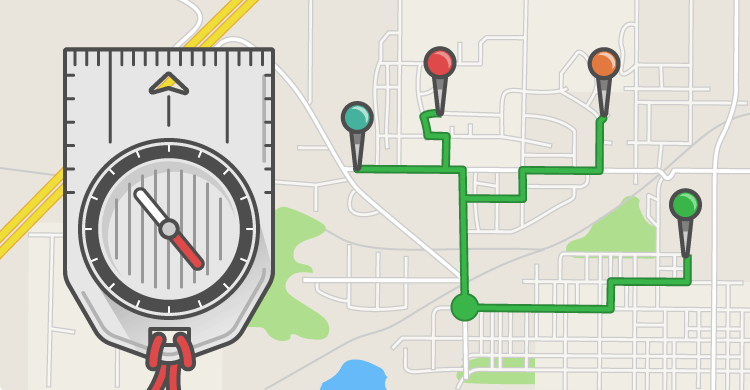Over the course of the past summer I’ve had a number of opportunities to travel across our country speaking with school divisions, site leadership, and teacher teams about the tenets of professional learning communities (PLCs). While I find that every area has its own “feel and flavor,” my big takeaway from all of these observations has been about what unites us, rather than what divides us. No matter the division or school, kids are kids, teachers are teachers, schools are still schools, and we are all looking at new and different ways of refining the work of our collaborative teams to ensure high levels of learning for all.
To this end, the book Learning by Doing (DuFour, DuFour, Eaker, & Many, 2006) offers an outstanding list of critical behaviors and actions that collaborative teams engage in on a daily basis. (This tool is on pages 130–131 and is downloadable for free at solution-tree.com.) This critical issues-rating protocol is an excellent resource for teams beginning to identify their greatest needs as well as supporting experienced educators in collaboration with finding new ways to become better at the process.
One way that I have been able to support teams over the last several years is by the use of specific protocols to support collaborative structures. There are two protocols in particular that have been exceedingly helpful with some of the teams that I’ve worked with. The first, from the Coalition of Essential Schools, is called the Tuning Protocol. The Tuning Protocol is one that is specifically used for looking critically at student work. All too often, our teams forget the value of looking at work produced between and among teachers’ individual classrooms. It is this observation of the produced work that helps us create exemplars to learn from and to benchmark against.
The second protocol that is been extremely helpful in our teams has been the Text-Rendering Protocol. This protocol is used when reading a passage of text, an article, research, or a piece of literature. There have been a number of occasions when I’ve led book groups and didn’t use protocols, and our free-form conversations have been “driven into the ditch.” This protocol is an excellent way to help teams engage and focus on the topic at hand. It also provides voices to all present.
So, while the work across the country is taking me to some very diverse places, I have found that by using protocols to support collaborative teams, our teachers have become extremely focused, learn from each other in ways that create embedded professional learning, and help support student achievement. I suggest you take a look at protocols when you are working with your teams to take them to the next level.
Reference
DuFour, R., DuFour, R., Eaker, R., & Many, T. (2006). Learning by doing: A handbook for professional learning communities at work™. Bloomington, IN: Solution Tree Press.
[author_bio id=”865″]






